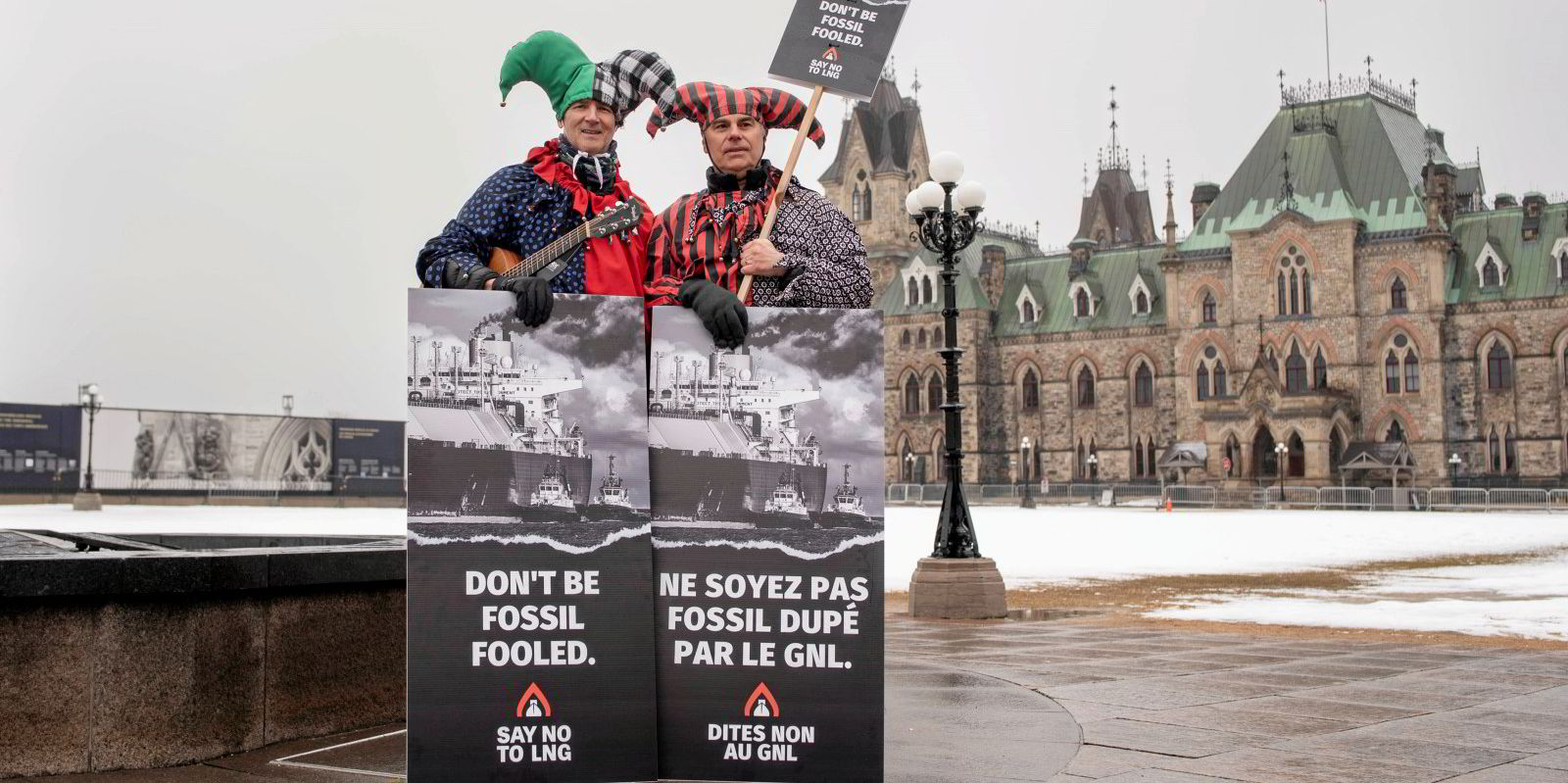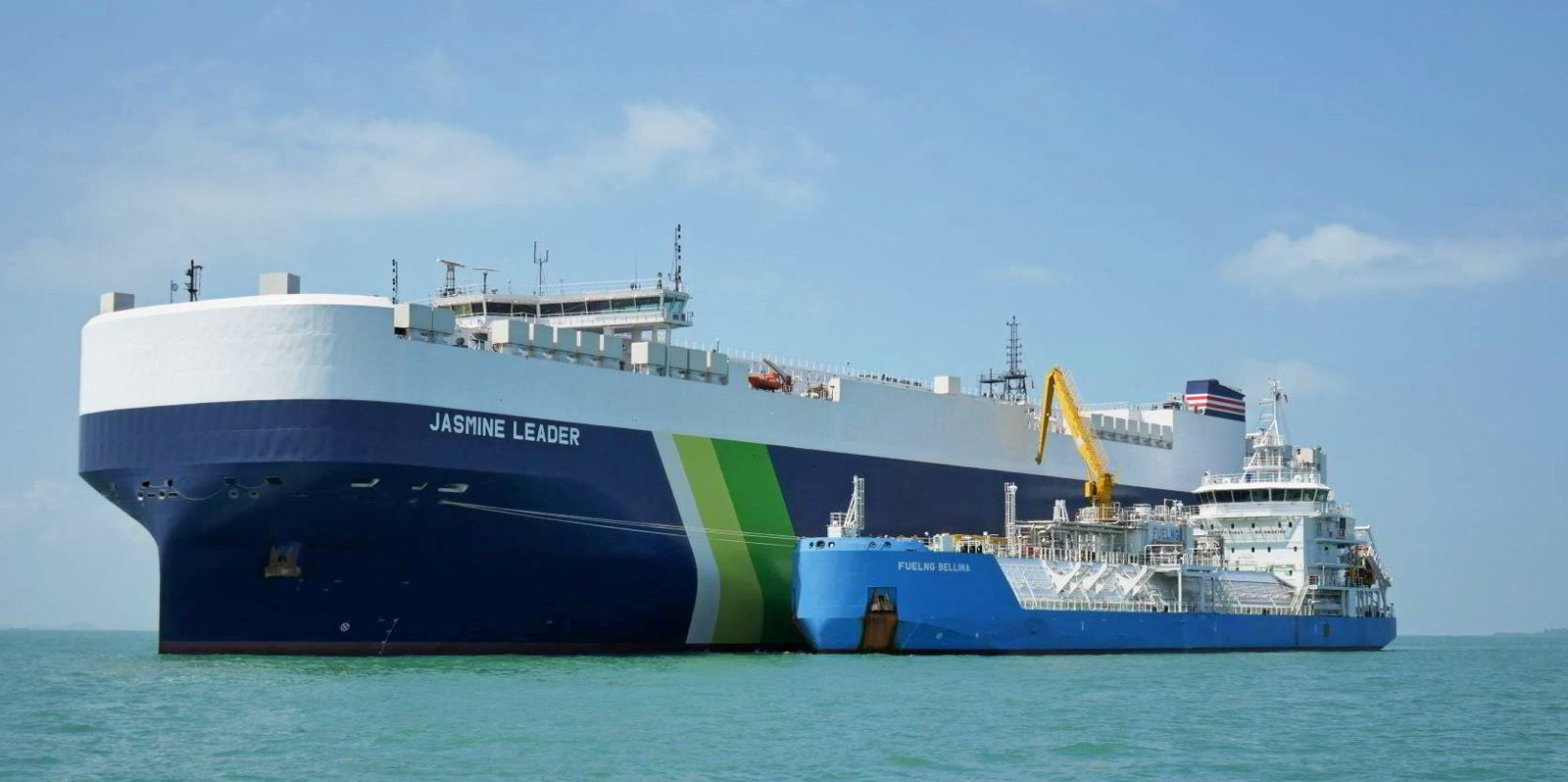When the first LNG-fuelled container ship slid into the water in San Diego eight years ago, emissions were the key reason shipping was adopting the fuel.
But it was not the greenhouse gas emissions that are the focus of discussions today.
“It was all about SOx and NOx,” said SEA-LNG chairman Peter Keller, who was executive vice president of TOTE at the time the 3,100-teu Isla Bella (built 2015) was launched amid fireworks.

“We anticipated more regulation on particulate matter, which really hasn’t happened. As you will recall, in those days… decarbonisation was not an issue and only really came to the fore well after the engines were ordered and the ships were starting to be built.”
He told the Green Seas podcast that it was fortuitous that the fuel ended up having another benefit: lower CO2 emissions.
But today, touting carbon reductions as a benefit of using the fuel is facing growing criticism from environmental groups about methane emissions, the flip side of natural gas.
Shipyards are cranking out LNG-fuelled vessels, which shipbroker Clarksons estimates make up 60% of the global orderbook.
Green groups are increasingly urging shipping to stay away from LNG because methane is its main ingredient and has a way of leaking into the atmosphere, both from ships and upstream in the fuel’s supply chain.
Should shipping say no?
TradeWinds recently reported that Say No to LNG, a campaign by a coalition of environmental groups, contends that extolling the virtues of the fuel as a way to cut carbon CO2 is a form of greenwashing, because methane emissions have a more damaging climate impact in the near term.
The group acknowledges that LNG reduces CO2 and emissions of other gases but says that on a 20-year timescale, methane has 80 to 90 times the climate impact.
Elissama Menezes, campaign director for Say No to LNG, pointed to reports by the Intergovernmental Panel on Climate Change (IPCC) about the near-term climate of methane emissions.
And she told Green Seas that reducing the use of LNG is a low-hanging fruit of decarbonisation efforts and that upstream natural gas production has negative impacts on vulnerable communities that go beyond climate change.
She highlighted growing attention to methane by governments, including an emissions reductions pledge by several countries during the COP27 climate conference.
With methane emissions getting more attention in what had previously been a carbon-centric approach to climate change, she believes more regulation will follow.
“We see that the growing regulatory attention to methane will lead to advancement in climate regulations to tackle methane that perhaps will then end up in an early liability or premature liability of LNG infrastructure because they will no longer be aligned with those regulations,” she said.
“So there are many reasons why it’s not a solution for shipping’s decarbonisation. In fact, it’s not a solution for any decarbonisation scenario.”
The retort
After the recent launch of the Say No to LNG campaign, SEA-LNG fired back.
As TradeWinds reported, the group said the anti-LNG campaign is based on a false contention that shipping is looking to hide the issue of methane emissions. And it said Say No to LNG is rehashing old data.
SEA-LNG’s leaders said methane slip on vessels has been reduced by a factor of four since LNG-fuelled engines were first introduced in the early 2000s.
And they pointed to data from classification society DNV that shows that most LNG-fuelled vessels that are being constructed today are using new engine technologies that have negligible methane slip.
And SEA-LNG’s Peter Keller told Green Seas that his group focuses on current science and current data — not to mention realism. LNG is available as a fuel today, and cleaner alternatives for shipping’s decarbonisation are not in significant quantities.
“Let’s not continue to pull out 2018 data and 2020 data. Let’s use current information. Let’s really look at what’s going on. At Sea-LNG, we’ve always said that there will be a basket of fuels, just as there’s a basket of fuels today,” he said.
“And if we are going to look at information appropriately, we would know that today, the only way to reduce carbon in the maritime sector is with LNG, because there is no such thing as green ammonia, there is no such thing as green methanol, there is no such thing as hydrogen that’s available.”
A decade away
And he said those green fuels might not be available in any sustainable context for a decade or more because they need to be produced from renewables.
SEA-LNG chief operating officer Steve Esau told the podcast that the high-pressure diesel engines that have the lowest methane slip when using LNG as a fuel can cut well-to-wake greenhouse gas emissions by 23% on the 100-year timescale that is traditionally used in carbon accounting.
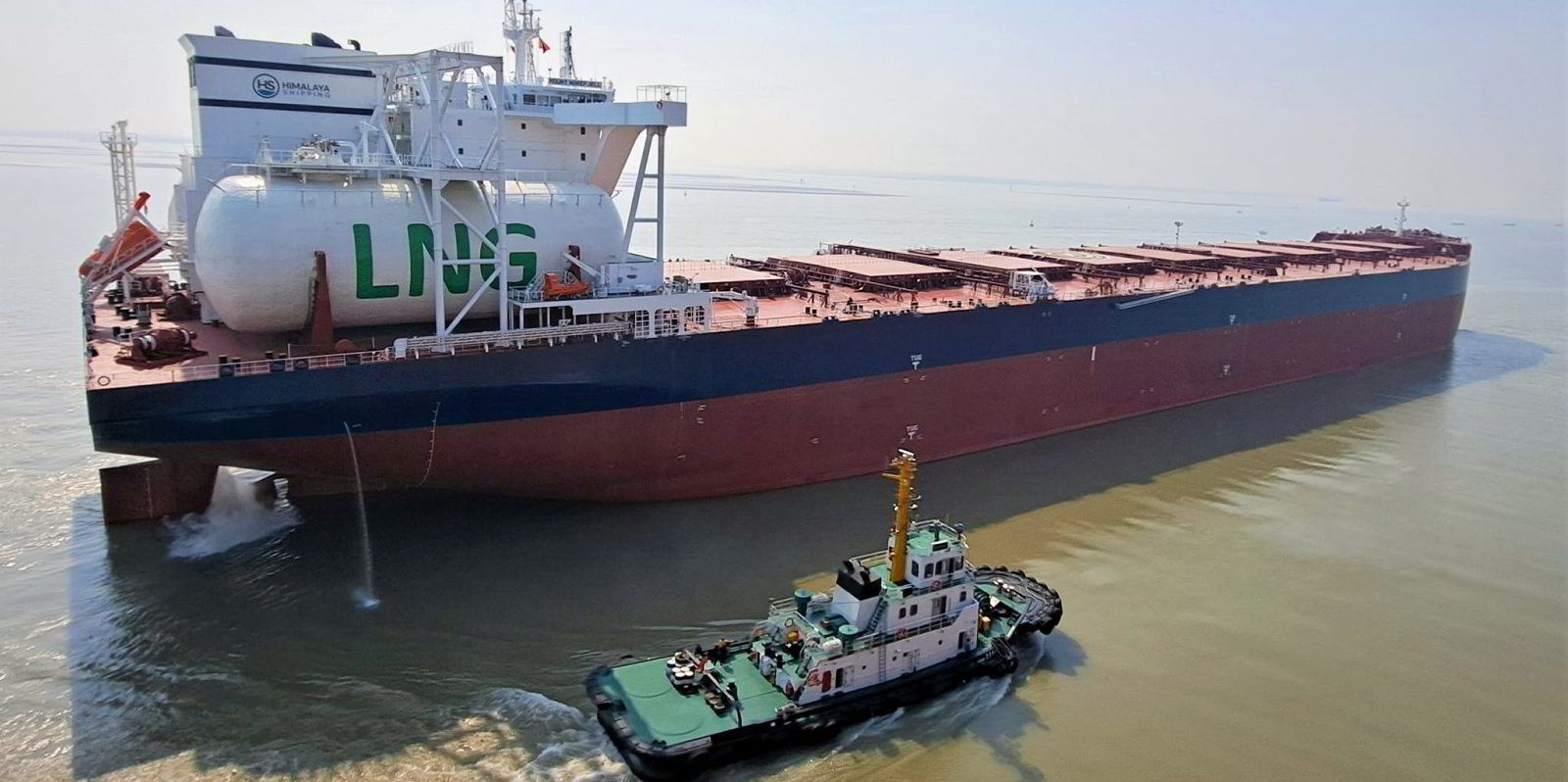
Other engines do not perform as well, but he said work is being done to improve that. On a 20-year basis, he said the high-pressure engines still do well.
“But [it’s] very important to recognise that for the high-pressure engines, which make up the majority of the LNG-fuelled orderbook, if you look at those engines on a 20-year basis, they deliver an improvement over the current use of [conventional] marine fuels,” he said.
‘The technologies are there’
“So the technologies are there, whether you look at them on a 100-year basis or a 20-year basis, that deliver greenhouse gas improvements.”
Asked about SEA-LNG’s complaints about the Say No to LNG campaign, Menezes said research by the International Council on Clean Transportation showed that low-methane slip engines represented just 11% of LNG consumption by shipping in a European Union database in 2019.

And the study projected that ships with high-methane slip engines would account for 54% of LNG consumption by 2030. SEA-LNG has criticised this study as based on old data as well.
“What’s delaying decarbonisation in the shipping sector isn’t fact-based, life cycle, community oriented research and engagement from groups like ours,” she said.
“It’s the continued promotion and greenwashing of investment in LNG instead of truly zero-emission solutions. SEA-LNG focuses its communication on the life-cycle greenhouse gas savings of the lowest methane slip engine technology and calculates those savings based on methane’s 100-year global warming potential, completely ignoring methane’s near term warming potential.”
What does Say No to LNG believe shipping should be doing to decarbonise?
“We want investment this decade in energy efficiency and operational measures to start reducing greenhouse gas emissions,” Menezes said.
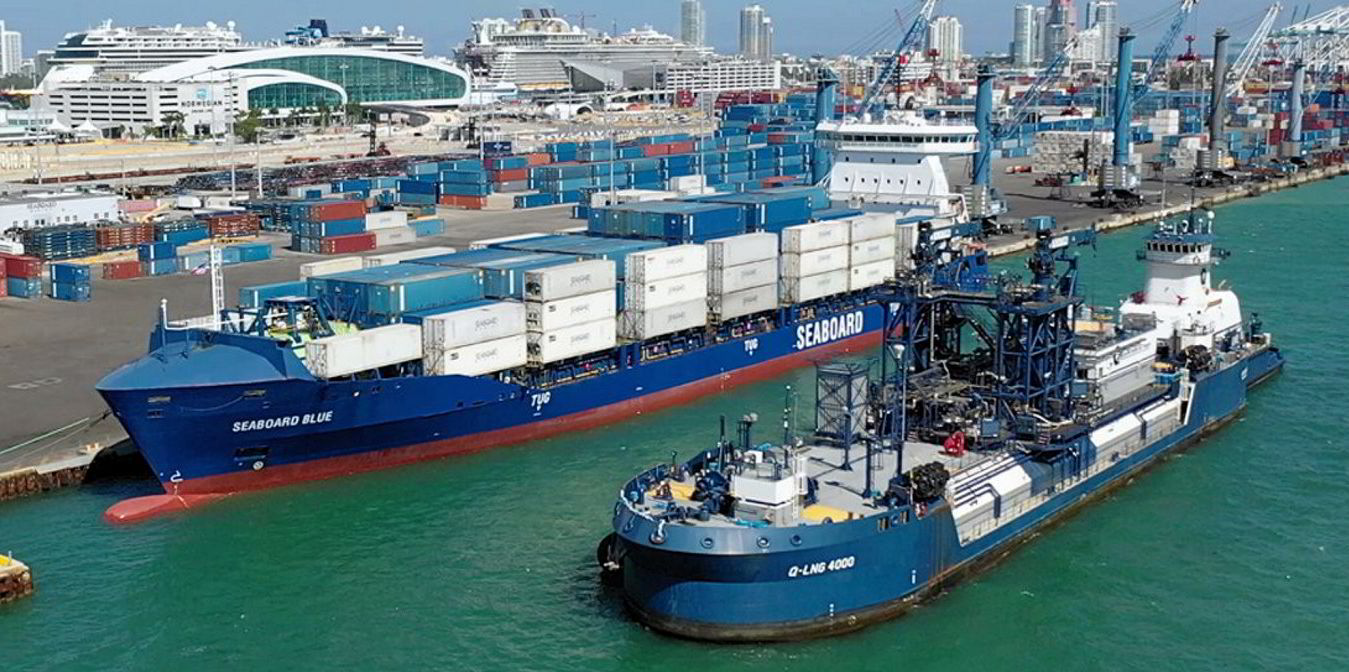
“While we recognise that fuel transition will be critical to get the shipping sector to zero emissions in the mid and long term, in the short term energy efficiency improvements across the existing fleet will achieve alignment with the 1.5C pathway.”
There are efforts underway to address methane slip in ships’ engines.
Methane efforts
Panos Mitrou, global gas director at classification society Lloyd’s Register and chairman of the Methane Abatement in Maritime Innovation Initiative (MAMII), said the members of the coalition, made up of major shipowners and LNG suppliers, see the problem of methane emissions, and they want to look at it in a holistic way.
That means looking at the full LNG value chain from well to wake, although shipping has more impact on what’s happening on board vessels.
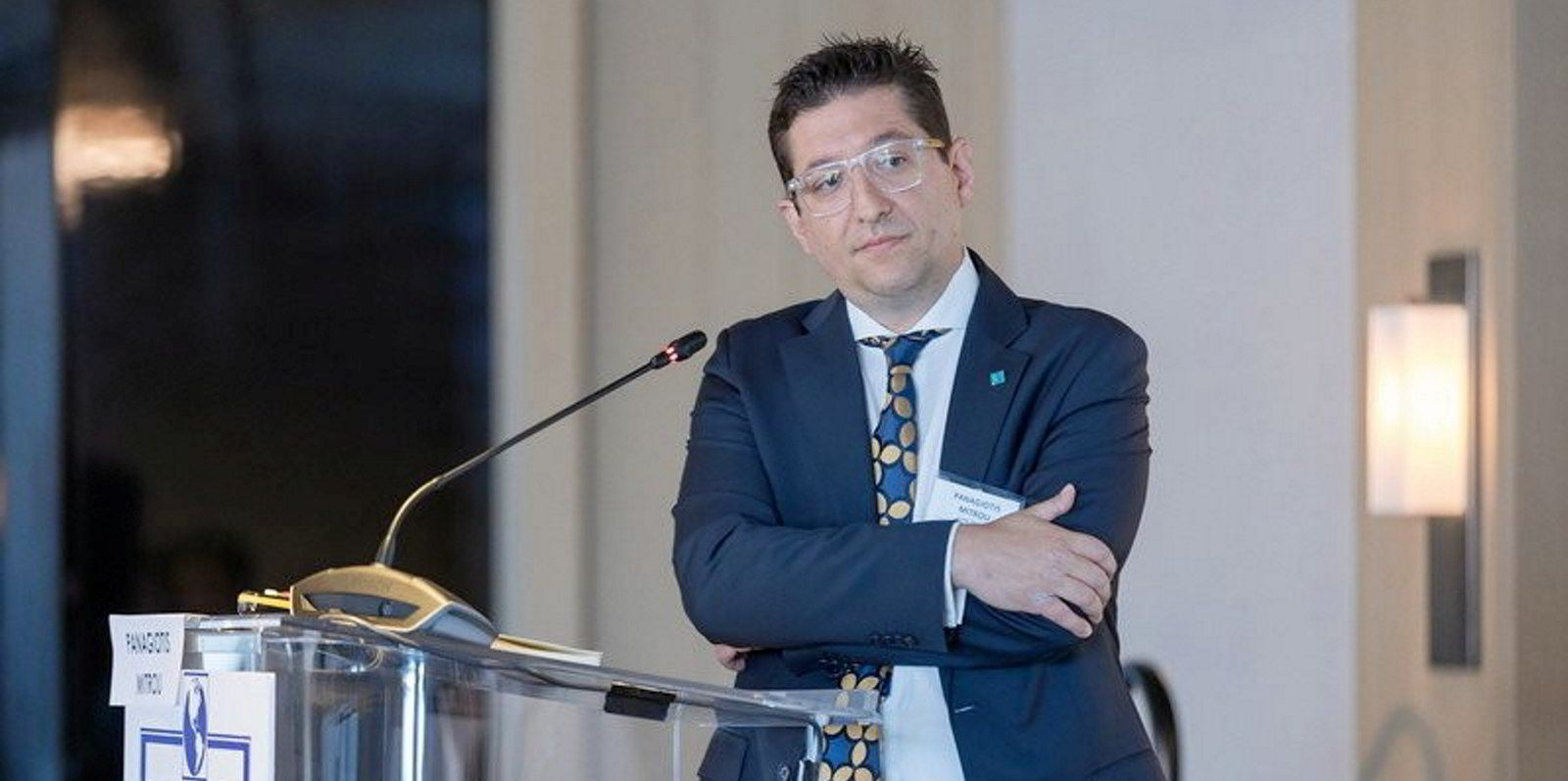
And while he does not want to seem overly optimistic, there are positive developments so far in the effort, which started in September 2022.
That includes the well-to-tank part of the life-cycle emissions equation. Regulations and industry standards are moving towards cleaner methods of producing LNG, he said.
Better information
And satellite surveillance, metering and certification are leading to more tools to understand the full scope of methane emissions during production.
When it comes to what is happening on board ships, MAMII sees optimistic signs as well.
The time bomb tanker: The podcast looks at the effort to prevent a catastrophic oil spill off Yemen. Click here to listen.
Green light for emissions trading: The newsletter reports on reactions to the European Parliament’s approval of legislation that will put a price on shipping’s carbon. Click here to read.
Sign up for the newsletter at tinyurl.com/greeneas or to the podcast on Google Podcasts, Apple Podcasts, Stitcher, Pandora, Spotify or Soundcloud.
High-pressure engines already stand as one solution to reducing methane slip on board, bringing emissions down to 0.2 grams per kilowatt hour of energy.
“We have seen an enormous improvement in other engines as well,” he said. Those developments make 1 gram per kWh a reality, he added.
When the four-stroke LNG engines first came out, methane slip was not even on the radar, and methane emissions were in the range of 4 grams per kWh. Mitros said that about two years ago, that was ratcheted down to 2 grams.
So while recent improvements in those engines could bring their methane slip to half that, there may be more ahead, including developments that have been tested in labs but not yet implemented on board ships.
And he said regulators are increasingly focusing on methane emissions from shipping, which is also positive because it boosts incentives to tackle the problem.
Mitrou told Green Seas that MAMII wants the four-stroke engines with higher methane slip today to have a footprint that is similar to the high-pressure engines.
“That technology is already out there. So you cannot claim that there is no way out,” he said.
